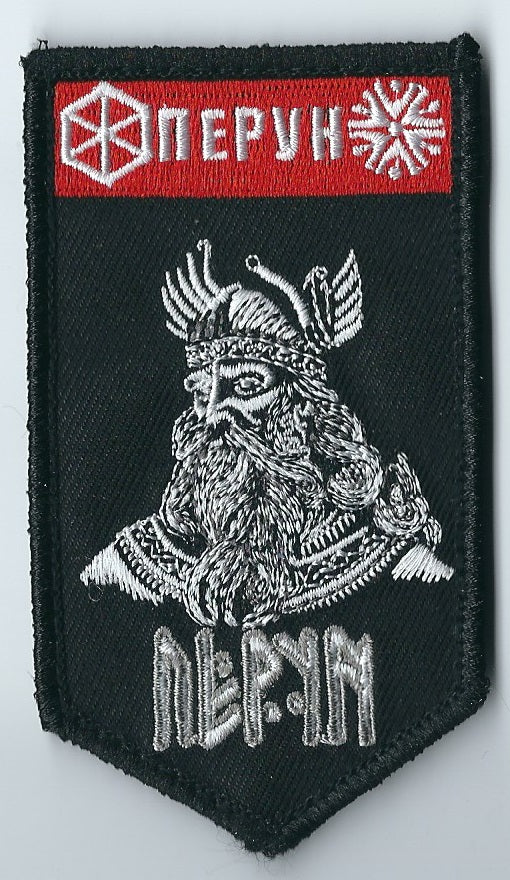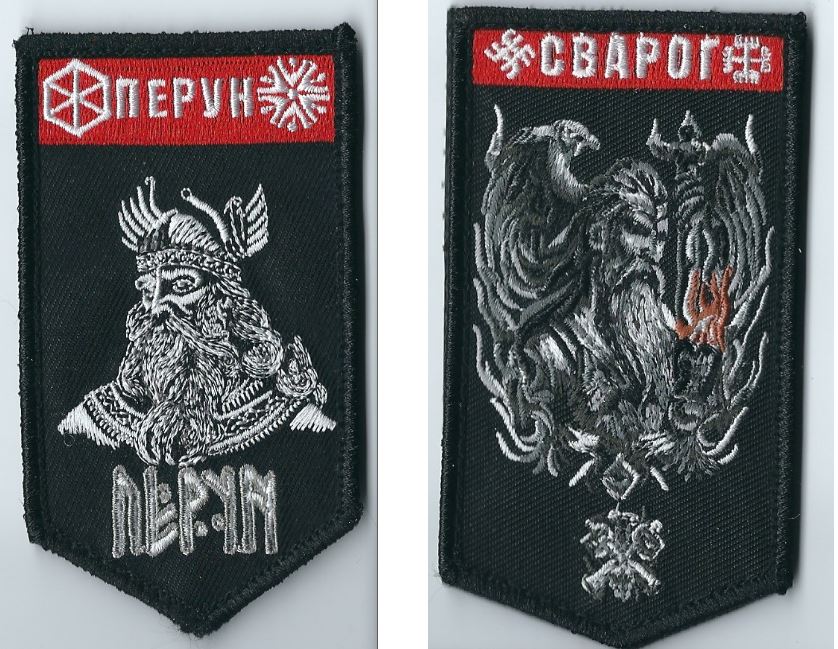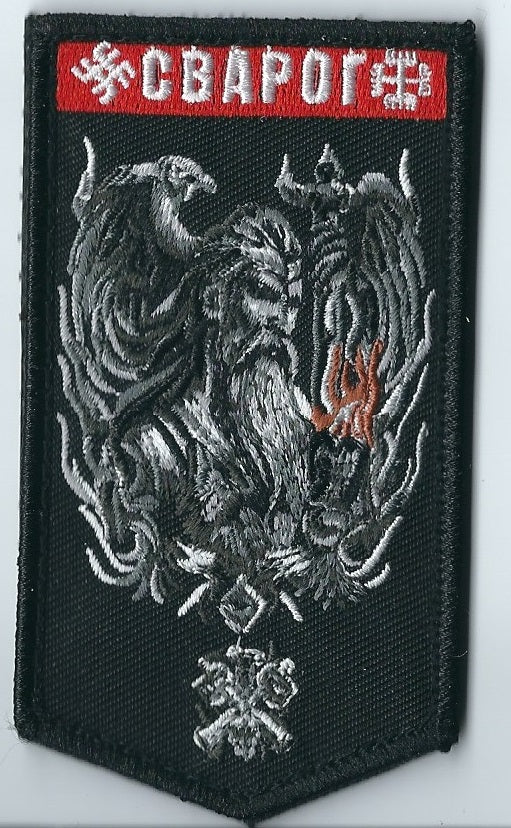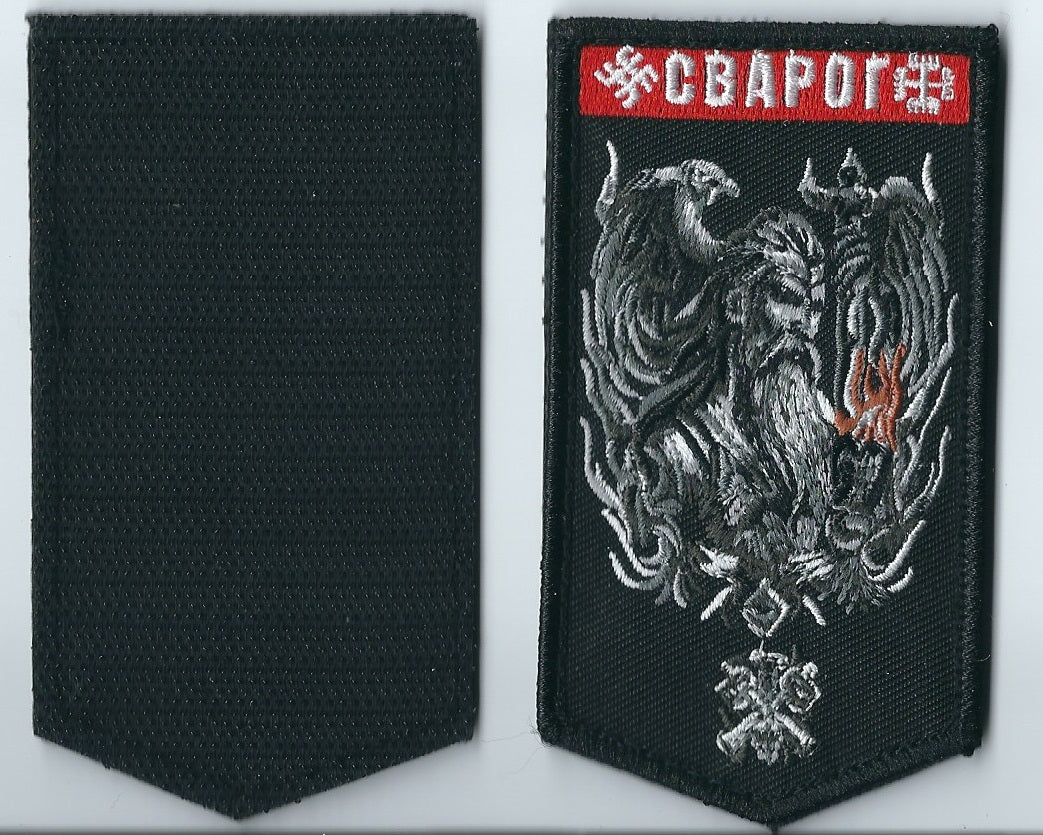buypatch.net
UKRAINE SLAVIC MORALE PATCH Pagan Viking GODS Protective Amulet Perun Svarog
UKRAINE SLAVIC MORALE PATCH Pagan Viking GODS Protective Amulet Perun Svarog
Couldn't load pickup availability
UKRAINE SLAVIC MORALE PATCH Pagan Viking GODS Protective Amulet
SLAVIC Pagan God PERUN and Svarog Runa Protecting Amulet Morale Patch HIGH Quality Details Slavic god of fire and blacksmithing
Size 2 x 4"
Velcro back
God of the sky, lightning, thunder, war, justice and physical realm
Of all historic records describing Slavic gods, those mentioning Perun are the most numerous. As early as the 6th century, he was mentioned in De Bello Gothico, a historical source written by the Eastern Roman historian Procopius. A short note describing beliefs of a certain South Slavic tribe states they acknowledge that one god, creator of lightning, is the only lord of all: to him do they sacrifice an ox and all sacrificial animals. While the name of the god is not mentioned here explicitly, 20th century research has established beyond doubt that the god of thunder and lightning in Slavic mythology is Perun.[5] To this day the word perun in a number of Slavic languages means "thunder," or "lightning bolt".
Figurine of Perun from Veliky Novgorod, 12-century.
The Primary Chronicle relates that in the year 6415 (907 AD) prince Oleg (Old Norse: Helgi) made a peace treaty with the Byzantine Empire and by taking his men to the shrines and swearing by their weapons and by their god Perun, and by Volos, the god of cattle, they confirmed the treaty. We find the same form of confirmation of a peace treaty by prince Igor in 945. In 980, when prince Vladimir the Great came to the throne of Kiev, he erected statues of five pagan gods in front of his palace which he soon thereafter discarded after his Christianization in 988. Perun was chief among these, represented with a silver head and a golden moustache.[5]: 133- Vladimir's uncle Dobrynya also had a shrine of Perun established in his city of Novgorod. After the Christianization of Kievan Rus, this place became a monastery, which, quite remarkably, continued to bear the name of Perun.
Perun is not mentioned directly in any of the records of Western Slavic traditional religion, but a reference to him is perhaps made in a short note in Helmold's Chronica Slavorum, written in the latter half of the 12th century, which states (quite similarly to Procopius some six centuries earlier) that Slavic tribes, even though they worship many various gods, all agree there is a supreme god in heaven which rules over all other on earth. This could be a reference to Perun, but since he is not named, nor any of his chief attributes (thunder or lightning) mentioned, we cannot be certain.
Slavic traditions preserved very ancient elements and intermingled with those of neighbouring European peoples. An exemplary case are the South Slavic still-living rain rituals Perperuna and Dodola of the couple Perun–Perperuna/Perunika, Lord and Lady Thunder, shared with the neighbouring Albanians, Greeks and Arumanians, corresponding to the Germanic Fjörgynn–Fjörgyn, the Lithuanian Perkūnas/Dundulis–Perkūna, and finding similarities in the Vedic hymns to Parjanya.
Shipping
Shipping
Share
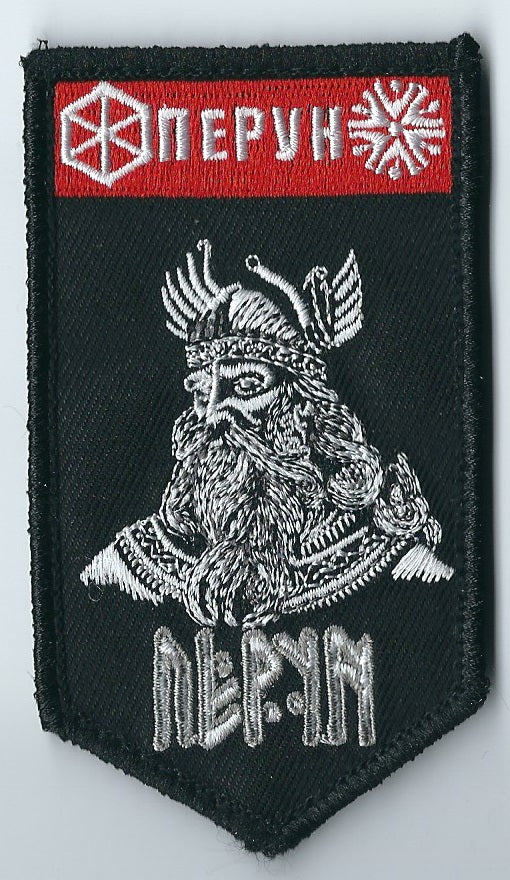
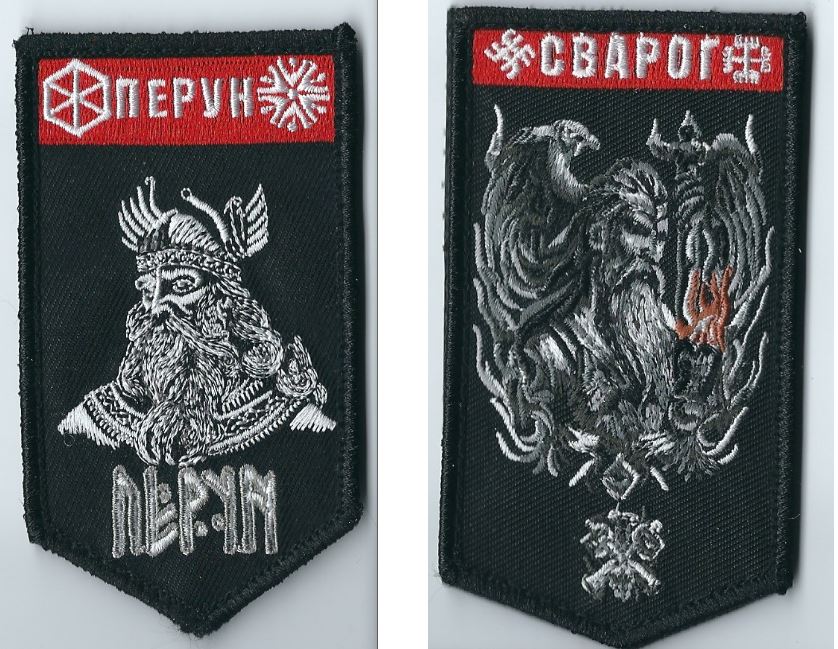
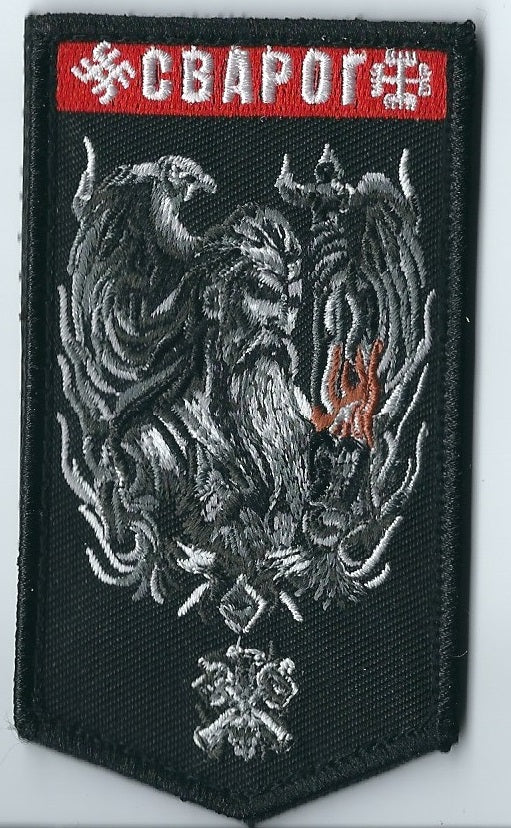


Azov Collection
The most full collection of Azov patches
The Azov Special Operations Detachment (Ukrainian:
Окремий загін спеціального призначення «Азов», romanized: Okremyi zahin
spetsialnoho pryznachennia "Azov"), also known as the Azov Regiment
(Ukrainian: Полк Азов, romanized: Polk Azov) or Azov Battalion until
September 2014, is a unit of the National Guard of Ukraine based in
Mariupol in the coastal region of the Sea of Azov. Azov formed as a
volunteer paramilitary militia in May 2014, and has since been fighting
Russian forces in the Donbas War. It first saw combat recapturing
Mariupol from Russian forces and pro-Russian separatists in June 2014.
It initially operated as a volunteer police company, until it was
formally incorporated into the National Guard on 11 November 2014. In
the wake of the 2022 Russian invasion of Ukraine, the battalion gained
renewed attention for its use by Russia in justifying the invasion and
during the Siege of Mariupol for its role in the defense of the city.
Subscribe to our emails
Be the first to know about new collections and exclusive offers.
